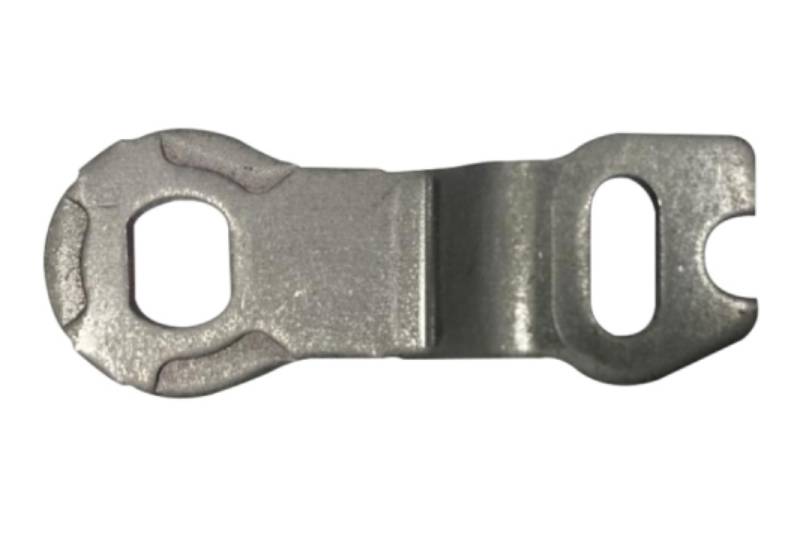
 English
English  Español
Español Português
Português русский
русский Français
Français 日本語
日本語 Deutsch
Deutsch tiếng Việt
tiếng Việt Italiano
Italiano Nederlands
Nederlands ภาษาไทย
ภาษาไทย Polski
Polski 한국어
한국어 Svenska
Svenska magyar
magyar Malay
Malay বাংলা ভাষার
বাংলা ভাষার Dansk
Dansk Suomi
Suomi हिन्दी
हिन्दी Pilipino
Pilipino Türkçe
Türkçe Gaeilge
Gaeilge العربية
العربية Indonesia
Indonesia Norsk
Norsk تمل
تمل český
český ελληνικά
ελληνικά український
український Javanese
Javanese فارسی
فارسی தமிழ்
தமிழ் తెలుగు
తెలుగు नेपाली
नेपाली Burmese
Burmese български
български ລາວ
ລາວ Latine
Latine Қазақша
Қазақша Euskal
Euskal Azərbaycan
Azərbaycan Slovenský jazyk
Slovenský jazyk Македонски
Македонски Lietuvos
Lietuvos Eesti Keel
Eesti Keel Română
Română Slovenski
Slovenski मराठी
मराठी Srpski језик
Srpski језик
How to adjust car seat tilt-Seat Tilt Control Lever
2022-02-17
The car seat is tilted and needs to be adjusted, which is definitely the seat tilt control lever. In addition to requiring the seat tilt lever, here's a detailed method for adjusting seat tilt:
Step 1: Adjust the height of the seat
Appropriate height is the premise of obtaining a good driving vision. When adjusting the seat, height adjustment is usually the first step. When adjusting, it is necessary to ensure that there is at least a punch or so between the head and the roof to prevent the head from hitting when the vehicle is bumpy. roof.
Step 2: Adjust the seat back
In daily driving, the inclination angle of our seat back is 100-110 degrees. When the inclination angle of the backrest exceeds 110 degrees, the pressure of the intervertebral disc will be significantly reduced. This is an important reference data for vehicles without lumbar adjustment. After adjusting the height, many car owners are used to adjusting the front and rear of the seat first, and then adjust the backrest. In principle, this is not a big problem, but it is more convenient to adjust the appropriate distance between the front and rear of the seat by determining the inclination angle of the backrest first.
Step 3: Adjust the seat front and rear
Except for people with special heights, it is not correct for the seat to be too far forward or to the back, and the space for the limbs to move if the seat is too far forward will be reduced. Adjustment of common sense: Make sure that after the right foot fully presses the brake, the knee joint of the leg is still in a natural and slightly bent state. During the whole process, you can adjust the steering wheel to a suitable height by the way. The principle of adjustment is that when you hold the nine o'clock position, the arm can maintain a comfortable bending angle, which is generally between 90-120 degrees. The adjustment of the steering wheel can finally determine the comfort
1. Strictly control the speed of the vehicle, which is the fundamental measure to ensure the safety of driving at night. Due to the small traffic volume on the road at night, the interference of pedestrians and bicycles is relatively small, and it is generally easier to drive at high speed, so traffic accidents are likely to occur. When driving through curves, slopes, bridges, narrow roads and hard-to-see places, you should reduce your speed and be ready to brake or stop at any time.
2. Increase the following distance. When driving at night, the line of sight is poor, and in case of danger or emergency, you must be prepared to stop at any time. In this case, in order to avoid danger, pay attention to appropriately increase the following distance to prevent the collision of front and rear vehicles.
3. Try to avoid overtaking at night. When overtaking is necessary, the far and low beam lights should be continuously changed in advance to inform the car ahead, and the overtaking should be carried out after it is determined that the car in front gives way to allow overtaking.
Step 1: Adjust the height of the seat
Appropriate height is the premise of obtaining a good driving vision. When adjusting the seat, height adjustment is usually the first step. When adjusting, it is necessary to ensure that there is at least a punch or so between the head and the roof to prevent the head from hitting when the vehicle is bumpy. roof.
Step 2: Adjust the seat back
In daily driving, the inclination angle of our seat back is 100-110 degrees. When the inclination angle of the backrest exceeds 110 degrees, the pressure of the intervertebral disc will be significantly reduced. This is an important reference data for vehicles without lumbar adjustment. After adjusting the height, many car owners are used to adjusting the front and rear of the seat first, and then adjust the backrest. In principle, this is not a big problem, but it is more convenient to adjust the appropriate distance between the front and rear of the seat by determining the inclination angle of the backrest first.
Step 3: Adjust the seat front and rear
Except for people with special heights, it is not correct for the seat to be too far forward or to the back, and the space for the limbs to move if the seat is too far forward will be reduced. Adjustment of common sense: Make sure that after the right foot fully presses the brake, the knee joint of the leg is still in a natural and slightly bent state. During the whole process, you can adjust the steering wheel to a suitable height by the way. The principle of adjustment is that when you hold the nine o'clock position, the arm can maintain a comfortable bending angle, which is generally between 90-120 degrees. The adjustment of the steering wheel can finally determine the comfort
1. Strictly control the speed of the vehicle, which is the fundamental measure to ensure the safety of driving at night. Due to the small traffic volume on the road at night, the interference of pedestrians and bicycles is relatively small, and it is generally easier to drive at high speed, so traffic accidents are likely to occur. When driving through curves, slopes, bridges, narrow roads and hard-to-see places, you should reduce your speed and be ready to brake or stop at any time.
2. Increase the following distance. When driving at night, the line of sight is poor, and in case of danger or emergency, you must be prepared to stop at any time. In this case, in order to avoid danger, pay attention to appropriately increase the following distance to prevent the collision of front and rear vehicles.
3. Try to avoid overtaking at night. When overtaking is necessary, the far and low beam lights should be continuously changed in advance to inform the car ahead, and the overtaking should be carried out after it is determined that the car in front gives way to allow overtaking.
4, pay attention to overcome driving fatigue. Driving at night, especially after midnight, is the most prone to fatigue and drowsiness. If you feel a little bit, you should cheer up or stop and rest.

Previous:What is a progression press?
We use cookies to offer you a better browsing experience, analyze site traffic and personalize content. By using this site, you agree to our use of cookies.
Privacy Policy


